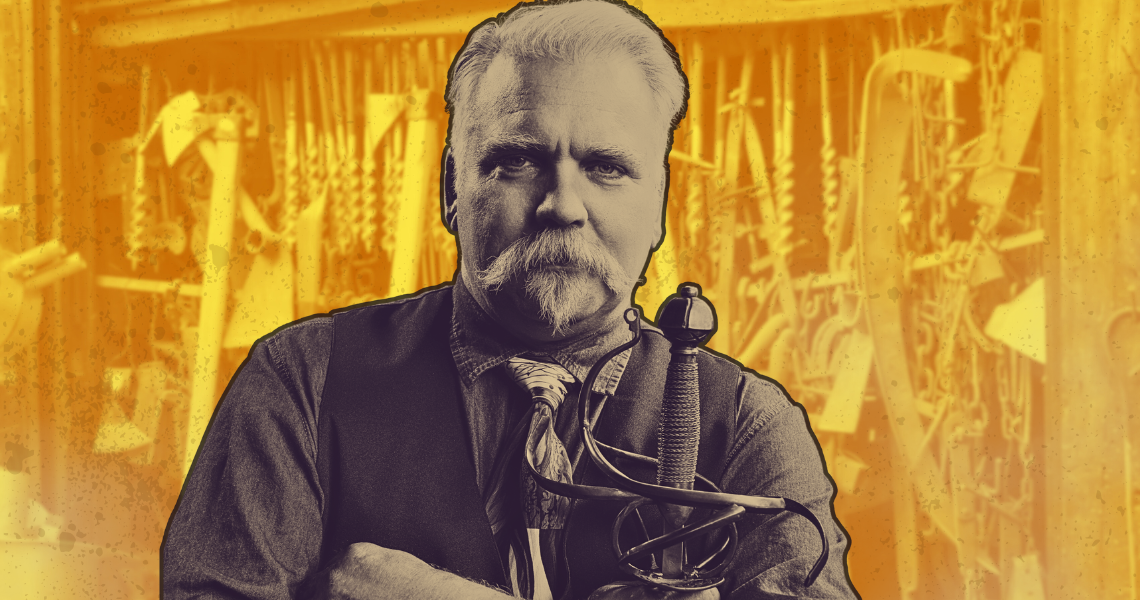Were the Spartans Truly Unstoppable? Almost, and This Is Why
If you happened to reside in ancient Greece (sometime between the 6th and 4th centuries BC), and within a culturally evolved city state consistently under siege? Then you got on your knees and begged (BEGGED!) the gods to send Greece’s finest, fiercest warriors – the unbelievably adept and tenaciously trained Spartans.
Spartans (or “Spartiates”) were part of the militaristic Greek city state, Sparta. Located in Laconia, a region in southern Greece, Sparta was once a simple village resting along the River Eurotas. Beset with conflict, Spartan society experienced significant changes at the start of the 8th century BC, and did so thanks to the nearly mythologized Spartan legislator, Lycurgus – he helped establish Sparta’s militaristic focus, had a hand in creating the Spartan Constitution, and laid the groundwork for Sparta’s virtuous codes and societal aspirations (especially concerning the expectations of male citizens).
RELATED: THE NINJA- A BRIEF LOOK AT THESE SILENT ASSASSINS
During Sparta’s spiritual rebirth (i.e., militaristic reformation), the newly inspired city state began expanding into nearby Laconian regions (including Amyclae), and conquered the country of Messenia (also located in southern Greece). Sparta then butted heads (and shields) with its equally mighty competitor, Argos, who eventually lost crucial battles, and therefore, apparent dominance in the Peloponnese peninsula. And after several more successful campaigns (including repelling the Persian invasion of Greece), the Spartans were, hands-down, the prominent military “polis” (i.e., city) in Greece.
What made the Spartans so gosh darn formidable?
(Image credit: Warner Bros Pictures)
Spartan males were immediately conscripted into the military and began training as early as age seven. However, all male babies were carefully inspected for future warrior potential, and those with noticeable defects were left on Mount Taygetus to die (Spartan society demanded its males be adequately capable of fending for themselves).
So, if a male passed the inspection by scrutinous city elders (the “Gerousia”), he would begin military training at age seven (as previously mentioned), and do so by entering the “Agoge.” What’s an “Agoge?”
The Agoge
The Agoge was very much a state-sponsored military camp/school where boys were put upon by incrementally increasing hardships and taught duty, physical endurance, and discipline. Throughout the Agoge, boys were scarcely fed or clothed, which led to the stealing of both resources (an act that was encouraged by their trainers since stealing successfully was considered a necessary skill).
When the boys turned twelve, they were considered youths, which resulted in increased training demands – the physical hardships increased; discipline became far more harsh; they were forced to go barefoot, and only permitted a tunic during summer AND winter.
After turning 18, they became trainers for younger boys. And if they showed promise, they were sent to the Krypteia, an exclusive Spartan institution where these young men could truly test their skills.
At age 20, and after performing adequately at the Krypteia, these young men became full soldiers and eligible for military service (where the intense training continued).
So, was Spartan military training ridiculously demanding (but ultimately effective)? According to the great Plutarch, “…they were the only men in the world with whom war brought a respite in the training for war."
What weapons did the Spartans wield?
(Image credit: Warner Bros Pictures)
Yes, their incessantly trained bodies were already formidable, but they did need a little help when it came to handily slaughtering their enemies.
Spears and ranged weapons
The Spartans’ primary weapon was the long “dory” spear for proper poking and stabbing.
For ranged weapons, the Spartan soldiers relied on javelins – light spears for hurling modest distances.
Did they use swords?
Yes, their secondary weapon, known as the xiphos – an iron shortsword that was indeed short, measuring roughly 18-24 inches, but occasionally shorter (12 inches). Why shorter swords? When armies clashed shields in the classic “phalanx” formation, the shorter xiphos swords were easier to maneuver between the enemy’s shield wall, and probe (and stab) weaknesses in enemy armor.
And those Spartan shields?
Made of bronze and wood, a Spartan’s shield was adorned with the letter lambda (an “A” without the crossbar) – it represented Laconia. The shield acted as a family heirloom – a prestigious military family treasure passed down to forthcoming generations of Spartan warriors. And the shield was absolutely necessary in evolving shield wall tactics, because it didn’t simply protect the individual; it protected the entire formation.
The shield was such an integral symbol of Spartan society, to lose one – or return home without it – was considered disgraceful. In fact, it was the mark of a deserter.
What about those glorious helmets?
Made from bronze, a Spartan’s helmet could also feature a transverse horsehair crest to prove rank. And armoring the body? Bronze cuirasses to protect the torso, and bronze leg greaves (to protect the legs).
Were the Spartans the greatest warriors in history?
Well, before the invention of gunpowder (and automatic weapons), the Spartans were certainly the most capable soldiers of any conceivable army. Could they march for weeks, with nary a nap, and survive on the blood of their enemies? Probably.
Want to share a little more info about the impeccable Spartan military? Have any knowledge regarding the Spartans’ preferred weapons? Drop it in the comments (below).
About The Author
More from Tiras


















